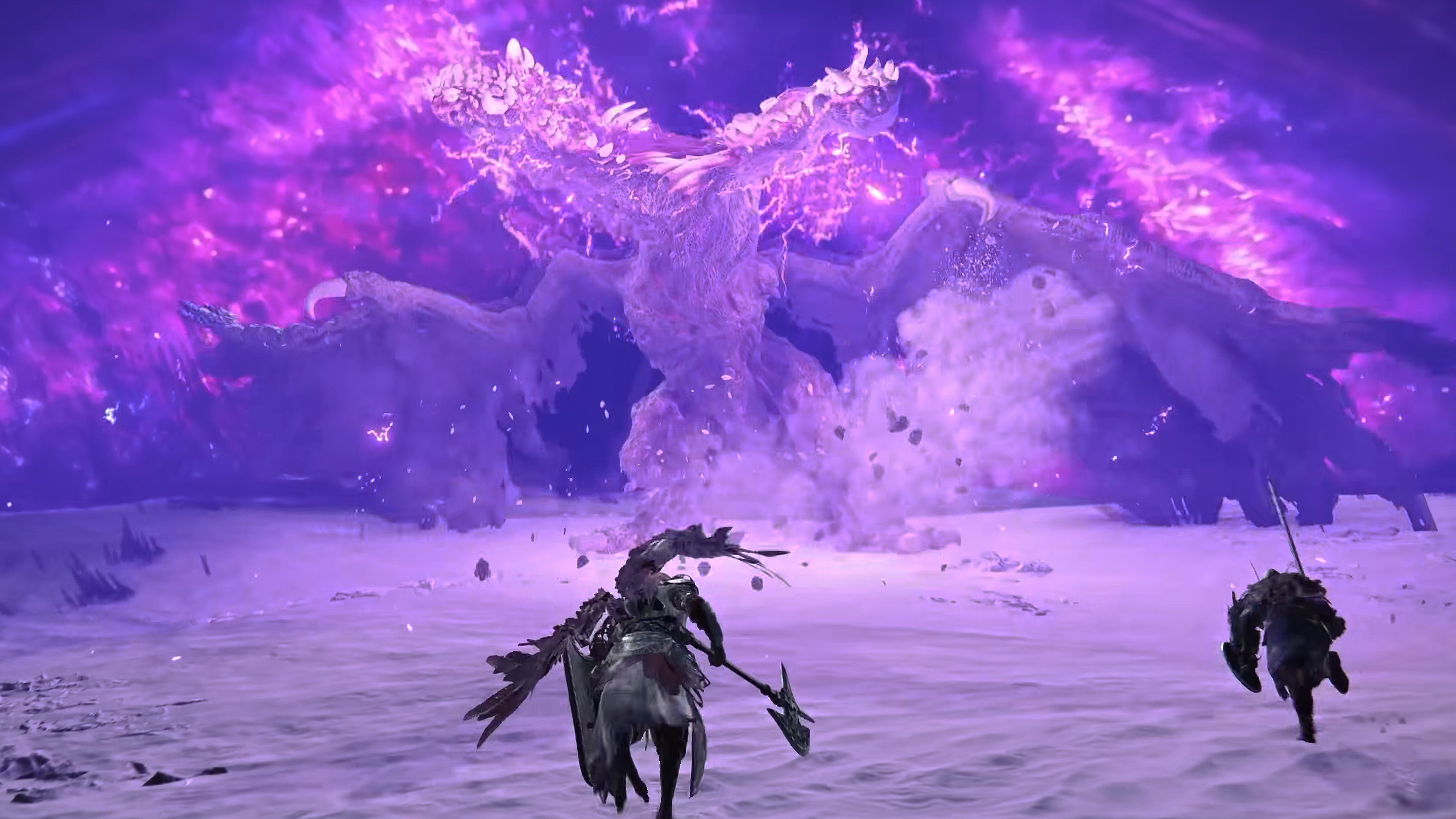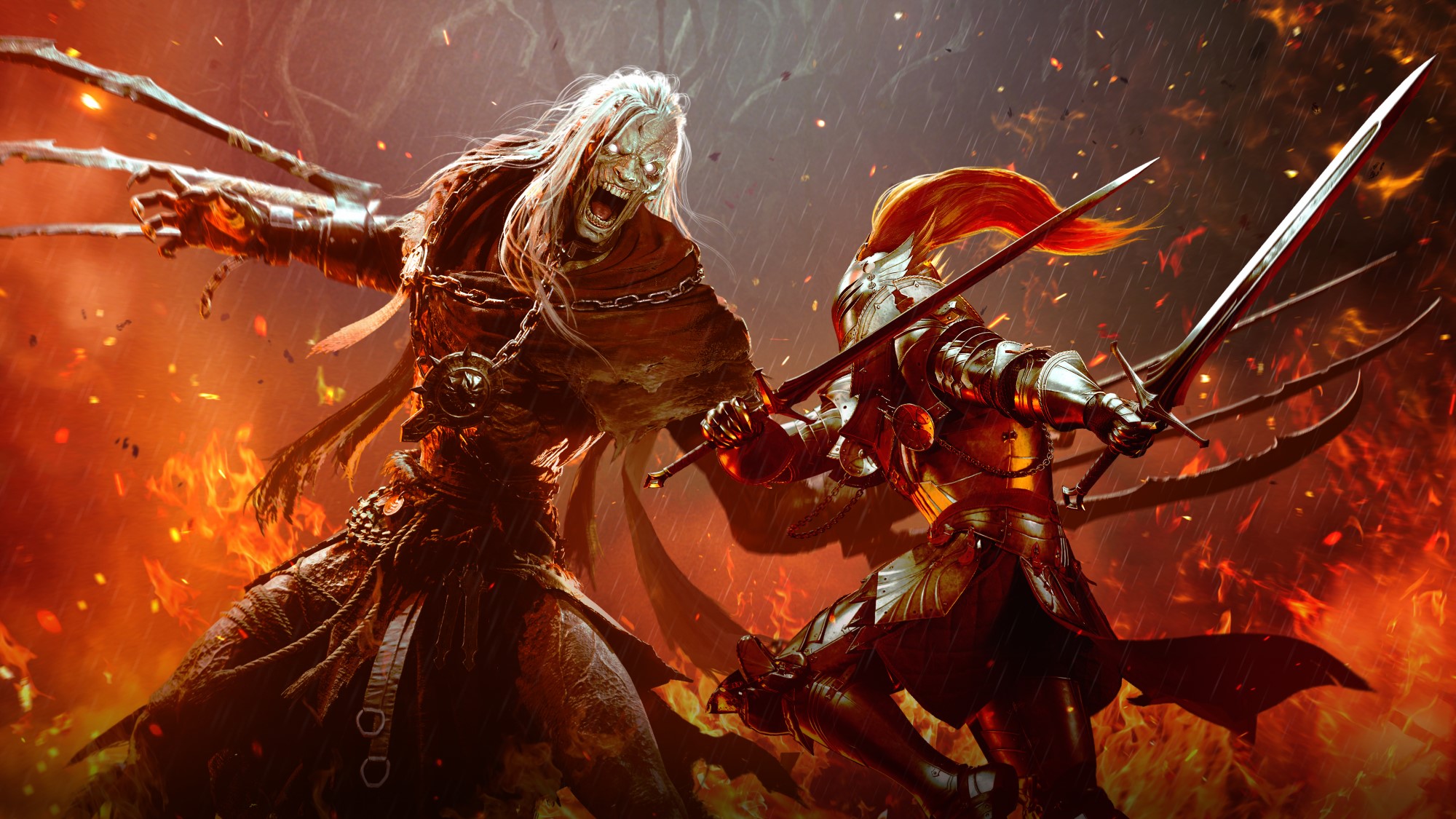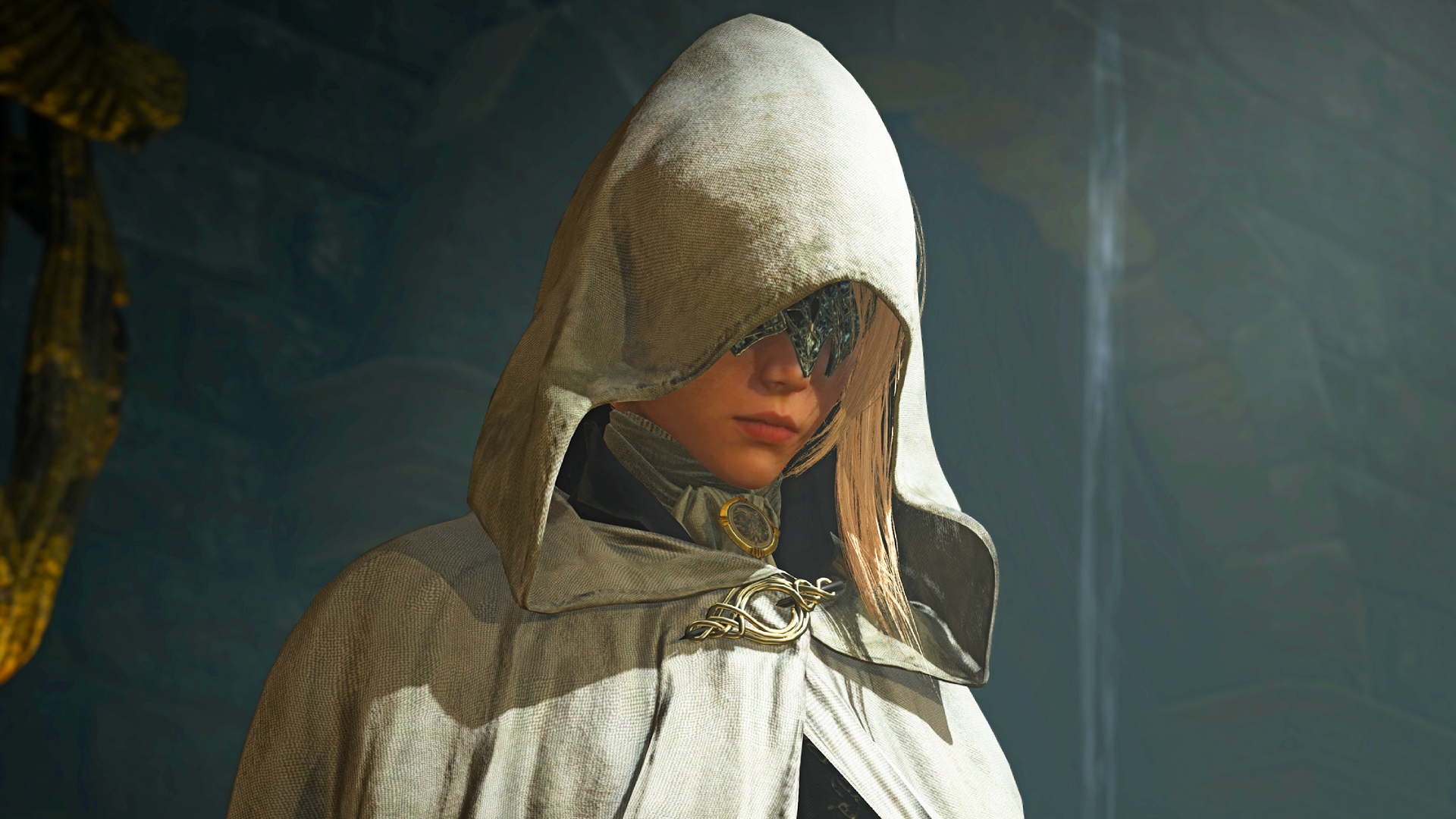
One of the biggest games announced at Xbox’s Developer Direct livestream last week was Tango Gameworks’ rhythm action game, Hi-Fi RUSH. The surprising title, which was released on the day of the livestream, became an overnight hit thanks to its colorful visuals, and satisfying, rhythm-based combat.
IGN spoke with Hi-Fi RUSH director John Johanas to discuss why Tango — best-known for horror games like The Evil Within and Ghostwire: Tokyo — chose to go a more colorful route this time, and how it pulled off one of the biggest gaming surprises of the year.
IGN: My entire timeline’s talking about Hi-Fi RUSH. I’m curious, when did the development for Hi-Fi RUSH begin?
John Johanas: It was actually right after The Evil Within 2. I directed that and as we were winding up, we knew that Ghostwire [Tokyo] was the next game that the studio already had begun working on pre-production. Just from a personal standpoint, I felt like I needed a palate cleanser.
And when you develop a game with the other team members, you talk about other games people like. When we’re playing games in our downtime, we talk about action games. I had this idea kind of brewing in my head for a while, but being this studio known for horror, in my mind I’m like, “Oh, this, this’ll never get approved.”
I kind of wrote up this very quick pitch about this idea about how good it feels in trailers and movies when hits land to the beat and it just feels like the action just feels so much more satisfying. What if we can do that in an action game? And then, just the idea of rhythm action — and everything is synced to the music, but it’s not a rhythm game — led to a spark in the meeting.
This is the most un-Bethesda game you can possibly imagine because we’re showing the ideas where the visuals would be like a throwback to the cel-shaded look of the PS2, Dreamcast, and early Xbox era. I was like, “You’re probably not going to accept this, but I just think this is a really cool idea and have a really strong idea of how this could work.”
My boss [Shinji] Mikami-san was like, “It sounds really cool. It all sounds really hard and I don’t know if it’ll work, but why don’t we try prototyping it.” That’s actually when it started at the end of 2017.
Being this studio known for horror, in my mind I’m like, “Oh, this, this’ll never get approved.”
IGN: Tango is primarily known, I think by most people, as a horror game studio. There were a lot of rumblings about what your next game could be, and when the project was finally revealed, it was this bright, colorful action brawler set to rhythm. What does that mean for a studio like yours that you’re branching out into this new direction?
John Johanas: Well, I would say it was always the intent in a way.
If you look at the original vision of the studio, it was not made to make just horror games, it was made to foster new ideas and support new developers. But we didn’t assemble a team to make the ultimate horror game. Just like Mikami-san himself, he made action games. He has a history of going outside those boundaries as well. We didn’t feel that we should be limited or had to be limited by that image that we have of being a horror-first studio.
I think it was important to just show that we can do something more than [horror] and do it well, I think it was the most important thing because that’s something we’re super adamant on.
If we’re going to do it we got to show people that we can do it and do it well because we can’t come out and half-assing our first attempt at something different. It has to be good. A lot of time and effort was put into this. I see some people calling it an indie release or something, or a small project and from my perspective, I spent five years on it, so it was not small.
IGN: One of the things I want to touch on is that Hi-Fi RUSH is not small. I’ve been playing through it, and you can tell see every cutscene matches that rhythm. How difficult was it, to time both the cutscenes and the in-game action to a rhythm?
John Johanas: The short answer is extremely, extremely, extremely difficult.
The long answer is basically, we need to tweak how our animation system works so that every animation you do, whether it’s a little bit early or late, it’ll always, basically, interpolate it so that it’ll land on the beat. We have to create this new animation flow and people would make these cool animations, but we’d find it didn’t feel like — hit the beat or things like that. It was constantly trial and error. Luckily, as we got further into development, most of us got the hang of what was necessary to do this, so that helped out.
The cutscenes were an immense undertaking. Our cutscene director, Jun Watanabe, and I spoke at length about how we can do this, how we can do it in the stylized stuff. We had a script and we had a BPM and we would put everything to a click track and we animated. I would estimate it took about three times as long as it would take to make a normal cut scene.
IGN: You mentioned the cel-shade art style, the throwback to the older platforms. You look at a game like Hi-Fi Rush and you immediately think of some of the other classic cel-shaded games like Jet Set Radio. Why go the cel-shaded route?
John Johanas: It really stemmed from that idea that it kind of feels like a throwback game — throwback but not retro. We also just wanted people to be reminded of games as being fun. I was like, whatever we make, we want it to pop and be remembered like those games that you mentioned.
Internally [at Bethesda], some people had played it and they spoke about it to each other… They’re like, “Did you see that game that they’re making there?”
IGN: Let’s talk about the music. Do the music choices in the game reflect the preference of the team? Is Mikami-san also a Nine Inch Nails fan?
John Johanas: Surprisingly, very early on, the team was like, “John, you can select the music.” There are tons of people’s conflicting opinions on music and I know sharing a playlist is almost the most embarrassing thing that you can possibly do. It’s a weird “open your diary” kind of thing.
But I felt we were going for a very certain direction, and like I said, it was a weird personal project for me, so I wanted to pick music that I grew up listening to or reminded me of an era where I really just had fun playing games or things that stuck with me.
I wanted something that felt almost late 90s, early 2000s, if that makes sense, because that’s that time that I was talking about, that Dreamcast, PlayStation to Xbox era. A little bit of a throwback there, but also kind of an exposure to maybe some artists that maybe even younger generations don’t listen to.
IGN: We published a big interview with Phil Spencer and one of the cool things that he said was the shadow drop for the game was Tango’s idea.
John Johanas: Tango will not take credit for this, it’ll be the marketing team’s idea. They pushed it through. We knew Hi-Fi RUSH was a very big departure from what we have done before, but we also knew that we had something very special early on.
It’s not a horror game from a horror studio, so there can be some initial “maybe” questions. When going through the idea of a shadow drop we thought about just letting people decide for themselves and play the game, basically. Because we got a lot of reports the first time people saw the game internally they’re like, “That looks fun. I want to play that now.”
We weren’t trying to maybe give people the wrong idea, make people think, “Oh, it’s a lower quality thing,” or something like that. We could show them right away. We were very confident about the product that we had. I think that worked for our title.”
I think it was important to just show that we can do something more than [horror] and do it well
IGN: I think one of the benefits is something like Xbox Game Pass where people with the subscription can just dive right in. Was that taken into consideration also?
John Johanas: Oh yeah, that was absolutely a part of it. Again, If you’re going to ask someone to purchase something in a shadow drop, you probably get a lot of skepticism, but the fact that Game Pass exists allows people to basically almost, what you would say is a demo theoretically. But it’s not a demo, it’s the full game. They can just play in and they can almost naturally talk about the game, talk to their friends, tell them how cool it is. That’s what we were kind of hoping for because internally, we knew it was something special.
Internally, people wouldn’t just stop talking about it. Actually, that’s how it built up within Bethesda. I think that’s a whole nother story of how a game like this could come out from Bethesda is because internally, some people had played it and they spoke about it to each other… They’re like, “Did you see that game that they’re making there?” There’s this weird sort of viral positivity to just playing this game and Game Pass just felt like an excellent opportunity to let something that maybe the onboarding is a little bit tricky or maybe people can be skeptical about, lose that skepticism immediately by just playing it.
So far by the comments we’ve seen, people seem to really get what we were trying to do. We even saw there was some skepticism in the launch trailer. People were like, “I don’t know…” And then people were like, “No, wait. I just downloaded this. You got to try this, you need to see this.” That’s kind of exactly what we were hoping for, but credit to the marketing and PR team because they pulled it off.
Matt T.M. Kim is IGN’s Senior Features Editor. You can reach him @lawoftd.
This interview has been edited for length and clarity.






